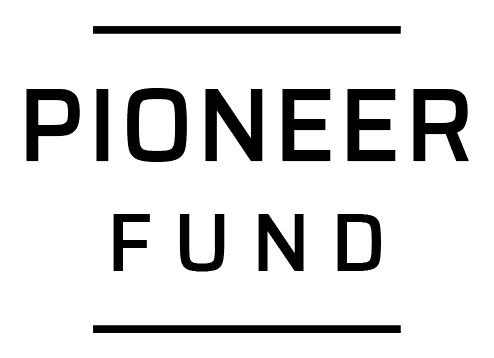🚀 July Highlights: Terra Research, Lab Reports on Dashboard, and a New Samsung SDK Era 🚀

tl; dr:
Terra Research launches: a public hub for data-driven health insights led by Olympian Alistair Brownlee.
Lab Reports in Dashboard: upload PDFs/images → get normalized JSON; same pipeline available via API.
Samsung Health upgrade: migration to the new Samsung Data SDK for a tighter, cleaner Android integration.
Terra Research is live — a new home for data-driven health insights 🧪📊
What?
We’ve launched Terra Research, a hub dedicated to uncovering “groundbreaking insights from the world’s health data,” led by 2× Olympic champion Alistair Brownlee. It’s where we’ll publish deep dives, trends, and practical takeaways that product teams and clinicians can apply immediately. Think of it as your front-row seat to what the data is actually saying across sleep, activity, recovery, and more—curated by people who live and breathe performance and health.
Why?
Building great health products requires more than raw metrics—it needs context. By sharing what we’re learning in the open, we help teams avoid reinventing the wheel, align on what “good” looks like for a given population, and spot inflection points early. Whether you’re tuning scoring models or crafting UX, having a steady stream of research-backed signals means faster decisions, fewer blind spots, and better outcomes for your users.
How?
The research page curates long-form analyses and ongoing findings into a single, easy-to-follow feed, so you don’t have to piece together insights from scattered posts or social threads. We combine large-scale, anonymized data views with expert interpretation and crisp visuals to make patterns obvious, and we’ll continually expand it with fresh work as new signals emerge. In short: fewer PDFs buried in folders, more actionable, digestible insight you can ship into product roadmaps. Check it out on https://tryterra.co/research
Lab Reports API is now in the Dashboard — upload PDFs/Images and get clean JSON 🧫➡️📦
What?
Lab Reports have arrived in the Terra Dashboard. You can upload PDFs or images of lab results and receive standardized, normalized JSON—units harmonized, biomarkers mapped, and reference ranges structured—ready for charts, alerts, or underwriting logic. Prefer code? The API provides the exact same pipeline, so you can automate ingestion from apps, portals, or care systems while keeping parity with what you see in the UI.
Why?
Lab data is valuable but messy—different languages, units, and reference conventions, plus manual workflows that don’t scale. Centralizing uploads in the Dashboard and offering the same capability via API removes that friction. You get faster onboarding, cleaner analytics, and less custom parsing—which means more time building experiences users love (coaching, eligibility, trend tracking) and less time wrangling PDFs. Your data team—and your roadmap—will thank you.
How?
Behind the scenes, an OCR + NLP pipeline detects report layout, extracts biomarkers, and converts raw strings into a consistent schema (enums, units, and timestamp fields) so you don’t have to reconcile lab-by-lab quirks. From the Dashboard, you’ll see each upload’s status and can open a side-by-side viewer: the original file on the left, JSON output on the right, making QA and integration testing trivial. The programmatic API mirrors this behavior, returning the same normalized structures your app can trust across vendors and formats.
A tighter Samsung Health integration — moving to the new Samsung Data SDK 📱🔗
What?
We’ve adopted Samsung Health’s new Data SDK, replacing the legacy, deprecated stack. This shift modernizes how apps connect to Samsung devices, streamlines permission flows, and lays the groundwork for richer data access and more reliable syncs. For teams shipping on Android, it means a cleaner integration surface and a future-proof path as Samsung evolves their platform.
Why?
Great user experience depends on stable, modern SDKs. By embracing Samsung’s new framework early, we remove legacy friction and unlock a tighter, more resilient integration for millions of Samsung users. Developers benefit from faster iterations and fewer support tickets; end users see smoother onboarding and more consistent data—exactly what you want in a health product that ships updates weekly.
How?
The migration consolidates data contracts and refines how scopes are requested and honored, reducing edge-case failures and minimizing user prompts. Our SDK now talks to Samsung through the revamped APIs designed for longevity, clearer error semantics, and better compatibility with Health Connect–centric ecosystems. Net-net: fewer brittle workarounds, simpler maintenance, and more predictable behavior in production.





